The Differences Between Everest Base Camp Vs Summit
Ever wondered about the difference between Everest Base Camp vs Summit?
Both offer life-changing experiences but are worlds apart in terms of commitment, risks, costs and what you’ll need to prepare.
Let’s delve into the differences.
Everest Base Camp vs Summit: What You Need to Know Before You Go
Embarking on an Everest adventure is a dream for many, but choosing between Base Camp and the Summit confuses many new adventurers; here’s what you need to know about each challenge.
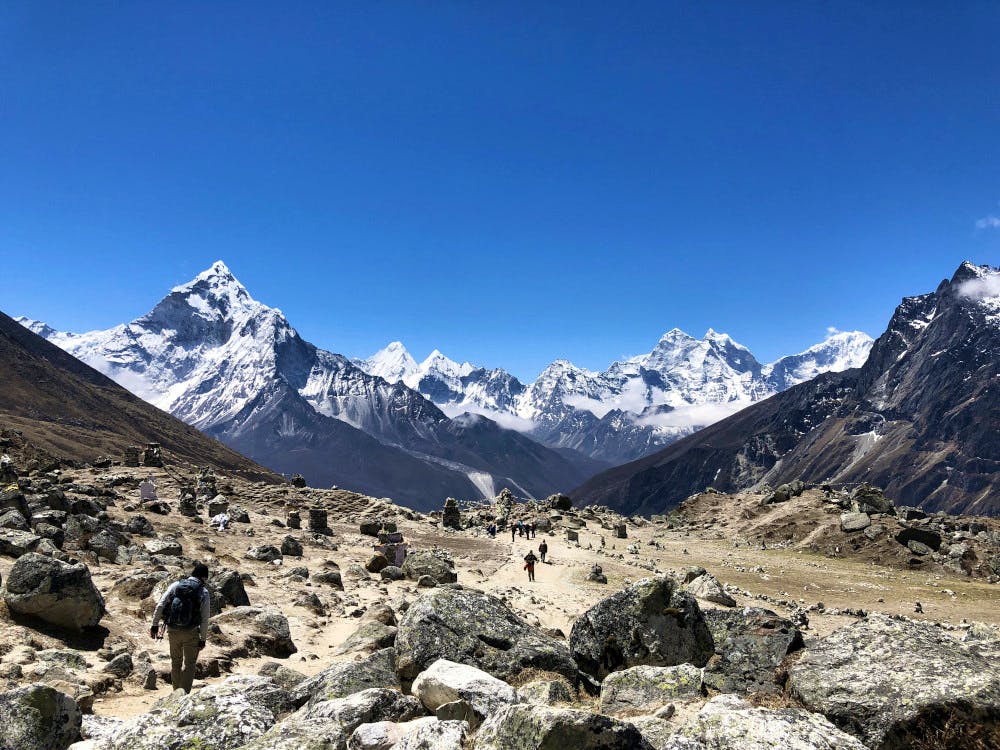
Physical Requirements
Physical fitness is non-negotiable whether you’re eyeing a hike to Everest Base Camp or climbing to the Summit. However, the level of fitness and the skills required for each are vastly different.
Base Camp: Moderate Fitness, No Specialised Training
If you’re active and enjoy regular exercise, trekking to Everest Base Camp is well within your reach. You don’t need specialised mountaineering skills, but a good pair of hiking boots and strong legs will serve you well.
The trek involves walking an average of 12 km per day at increasing altitudes, so cardiovascular fitness is essential.
While you don’t need to be an athlete, adding a few months of consistent aerobic exercise, like jogging or swimming, to your Everest Base Camp training plan can make your trek more enjoyable.
Summit: Extreme Fitness, Specialised Mountaineering Skills
Summiting Everest is a whole different ball game.
You’ll need to be in peak physical condition and have specialised mountaineering skills. This includes experience in fixed-rope climbing, walking in crampons, and traversing over crevices.
Mental strength is just as crucial; you’ll face extreme conditions that test your limits at every turn. A minimum of 12 months of rigorous training is recommended, and that’s after you’ve gained experience in peak climbing.
The Takeaway: Everest Base Camp is your ticket if you’re looking for a challenging yet manageable adventure. But the Summit awaits if you’re an experienced mountaineer ready to push your physical and mental boundaries.
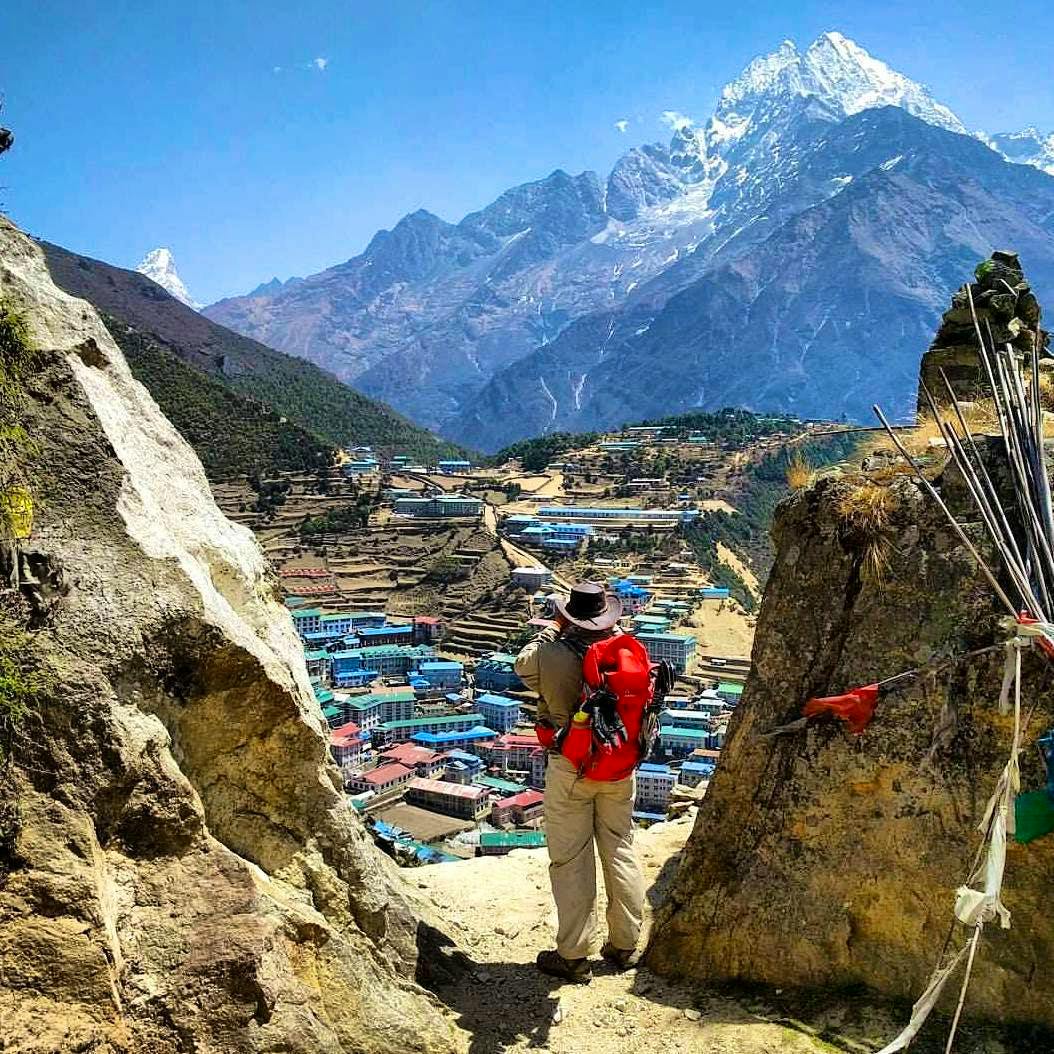
Risks and Challenges
Adventure comes with its share of risks, and Everest is no exception. Whether you’re trekking to Base Camp or aiming for the Summit, it’s crucial to understand the challenges you might face.
Base Camp: Altitude Sickness, Underlying Health Issues
Trekking to Everest Base Camp is generally considered safe but has risks.
The most common issue trekkers face is altitude sickness, which can occur as you ascend and the air gets thinner. Symptoms include headaches, nausea, and dizziness.
It’s essential to acclimatise properly and listen to your body. If you have underlying health issues, especially heart problems, consult your doctor before embarking on this trek.
We recommend a complete medical assessment to rule out conditions that high altitudes could exacerbate.
Summit: High Mortality Rate, Extreme Weather Conditions
The risks skyrocket when you aim for the Summit. The mortality rate on Mt Everest is around 0.5%. This translates to about 4.4 deaths a year, which is high, given that about 700-800 people attempt the summit each year.
Extreme weather conditions like sudden storms can turn a summit bid into a life-threatening situation. Technical challenges, such as navigating through the Khumbu Icefall and the Hillary Step, add another layer of risk.
It’s not just about physical fitness; you must be mentally prepared to make quick decisions in high-stress situations.
The Takeaway: While both experiences offer their own challenges, the risks involved in summiting Everest are exponentially higher. It’s crucial to weigh these risks carefully and prepare accordingly, regardless of which Everest adventure you choose.
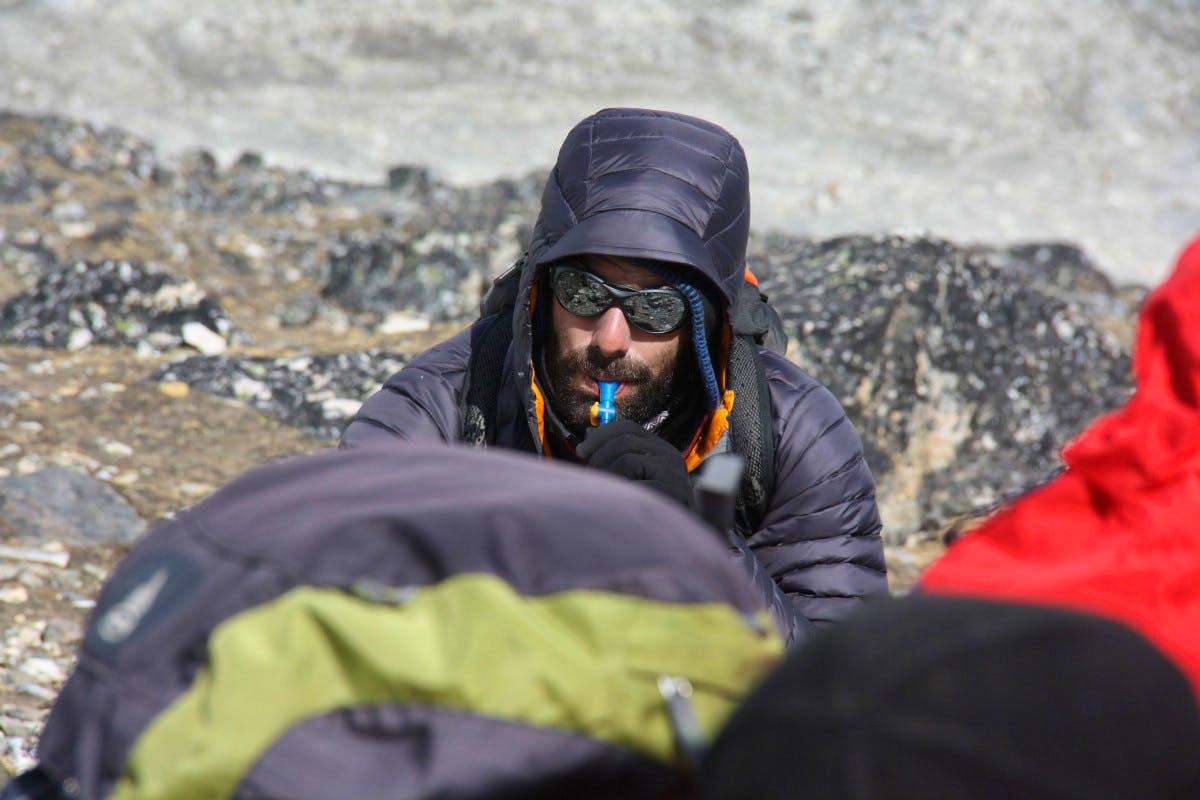
Cost Implications
When planning an adventure of this magnitude, it’s crucial to consider the financial aspect. Both Everest Base Camp and the Summit come with their costs, but the difference is significant.
Base Camp: More Budget-Friendly
The Everest Base Camp trek cost is relatively more affordable.
The cost can range from $1,000 to $3,000, depending on the trekking company you choose and the amenities included. This cost usually covers return flights to Lukla, permits, guides, porters, and basic accommodations in teahouses along the route.
However, this doesn’t include the cost of flights to and from Nepal, gear, and any extra days you might spend in Kathmandu.

Latest Deals
Summit: A Hefty Investment
Summiting Everest is a serious financial commitment, with climbs starting at $35,000 and going up to $100,000 per climber. This includes the cost of the climbing permit, which alone can be around $11,000.
The cost usually covers an experienced guides, Sherpa support, and all logistics, but excludes high-altitude gear, international travel and insurance. And let’s not forget the cost of potential helicopter evacuations and other emergency services, which can be a financial burden if things go south.
The Takeaway: Everest Base Camp is your best bet if you’re looking for a budget-friendly adventure. But if you’re willing to make a significant financial investment, and have the requisite experience, then the Summit could be your ultimate goal.
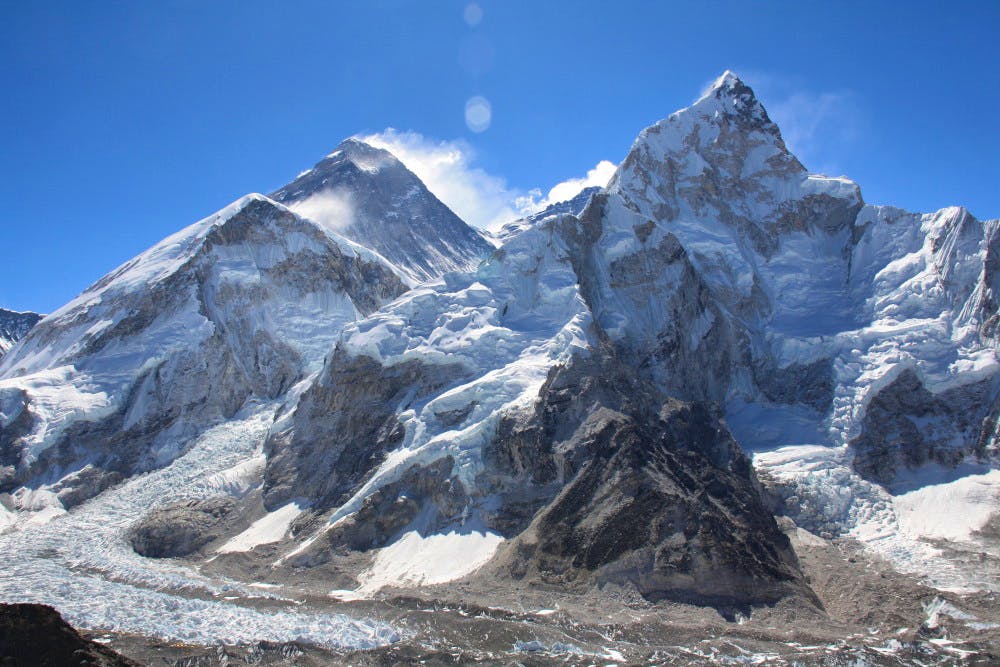
Duration and Commitment
When weighing the options between Everest Base Camp and the Summit, duration is another major difference.
Base Camp: Around 12-16 Days
The Everest Base Camp trek is a fantastic option for those with a limited time window.
So, how long does it take to get to Everest Base Camp? This trek typically lasts around 12 to 16 days. It allows you to experience the majesty of the Himalayas without a long-term commitment.
You’ll start and end your journey at Lukla, reached by a local flight from Kathmandu. The trek is well-paced, covering an average of 12 km daily, giving your body ample time to acclimate to the increasing altitudes.
Summit: Up to 2 Months
On the other hand, summiting Mt Everest is not just a trek; it’s an expedition.
You’re looking at a commitment of up to two months, which includes acclimatisation rotations at various camps situated at higher altitudes. This endeavour requires physical stamina and a significant investment of time for preparation, often years in advance.
You’ll need to be prepared for delays due to weather conditions and be flexible with your schedule.
The Takeaway: An Everest Base Camp trek is your go-to if you’re looking for a shorter, less intense experience. But if you’re ready to commit months of your life and have the necessary experience, the Summit could be your ultimate adventure.
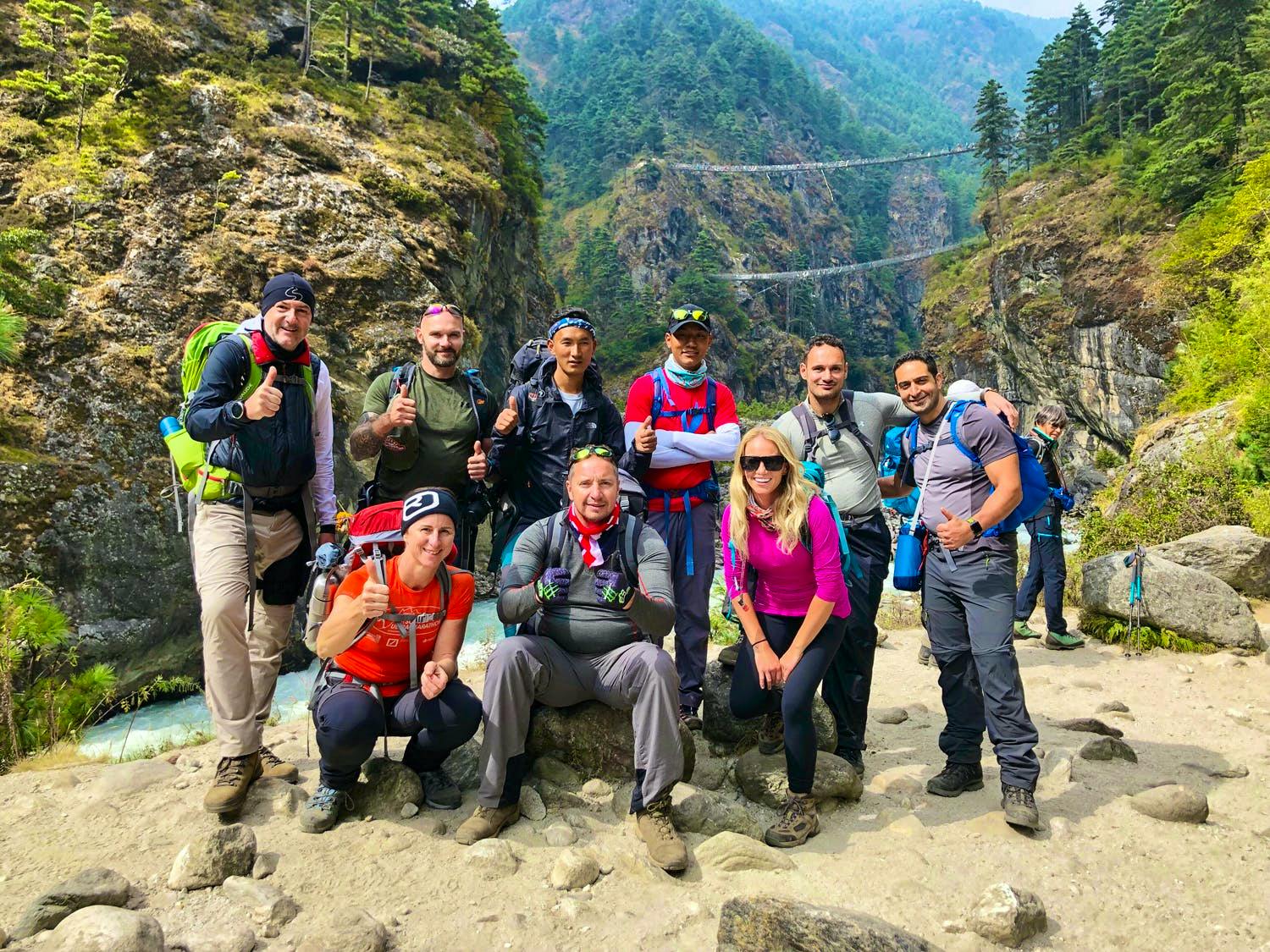
Logistics and Preparations
The journey to either Everest Base Camp or the Summit requires meticulous planning and preparation. From permits to guides, each adventure has its logistical considerations.
Base Camp: Streamlined and Accessible
For Everest Base Camp, you’ll need EBC insurance and a couple of permits: the Sagarmatha National Park Entry Permit and the Khumbu Pasang Lhamu Rural Municipality Permit. These can be obtained either in Kathmandu or along the trek, costing around $30 to $50 each. Most trekking companies include these in their package.
Guides and porters are also needed. They ensure a safer and more enjoyable experience. English-speaking guides can be hired for around $25 to $30 daily, while porters cost about $15 to $20 daily.
Summit: Complex and Specialised
For the Summit, the logistics are far more complex.
You’ll need a climbing permit from the Nepalese government, which costs around $11,000. You’ll also need a Liaison Officer assigned by the government to ensure you follow all regulations.
Specialised mountaineering gear is a must, and hiring a reputable guiding company with a proven track record on Mount Everest is advisable. These companies often provide a comprehensive package that includes Sherpa support, oxygen tanks, and even chefs at Base Camp.
The Takeaway: While the logistics for Base Camp are relatively straightforward, summiting Mount Everest requires a lot more planning and specialised support. Regardless of your choice, preparing well in advance is crucial to make your adventure as smooth as possible.
Conclusion
Whether you opt for the Everest Base Camp trek or aim for the lofty Summit, both adventures offer unparalleled experiences that will leave you with memories for a lifetime.
The key is understanding the differences in duration, physical requirements, risks, and costs to make an informed decision. No matter your choice, the majesty of Everest promises an adventure you’ll never forget.
More EBC Articles
Popular EBC Hikes
Find your next adventure
Why Skyhook?
Join over 27,000 Skyhook adventurers who've used our platform to book directly with our vetted local guides, at local prices (we never markup).
Expert Local Guides
Experienced local guides, handpicked by us.
Best Prices
Never pay a markup on the local guide's price.
Exclusive Club
Earn loyalty rewards every time you travel.
Great Social Vibes
Small group tours provide a richer experience.
Stellar Feedback
Over 2,800 reviews, average of 4.9/5 stars.












